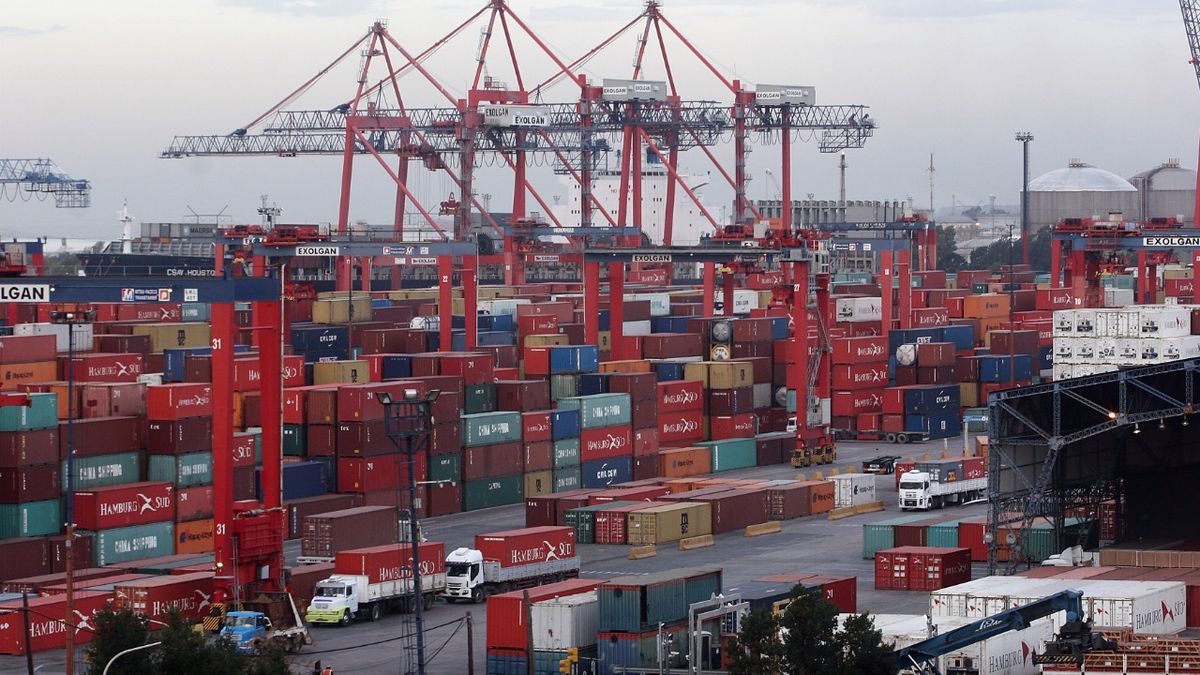USA is on its way to imposing your higher average tariff rate in 85 years, that is, since 1940according to CITI strategists. Initially, the effective tariff rate was expected for 2025 to be close to 5-7.5 percentage points (PP), but now that projection doubled 10-15 pp.
“This would translate into the highest average tariff rate in the US since the 1940s,”indicated in a note the strategists led by Nathan Sheets. And they added that such levels of protectionism are not precedent in modern economies, that “they never saw tariffs so high and generalized.”
The tariffs already implemented include taxes of 20% on Chinese imports related to fentanyl, as well as 25% tariffs on steel, aluminum and certain Mexican and Canadian products that do not comply with the Free Trade Agreement between Mexico, the United States and Canada.
Citi estimates that these measures implemented from the return of Donald Trump to the White House by themselves represent a 6 pp increase in the effective tariff rate, with probable additional increases after the announcement of new expected reciprocal and sectoral tariffs for April 2.
These policies are expected to weigh on the US economy acting as much as a offer shockthrough higher supplies costs, as well as a demand shockby weakening business confidence and foreign income.
The impact of Donald Trump’s tariff policy: does a recession arrive?
The strategists project that the impact of these tariff policies It will reduce US growth by approximately 0.5 pp and Inflation will increase in a similar amount this year. “As the Fed adapts its answer, we hope that you are initially inclined to ‘ignore’ these effects”the strategists said.
“But the strong reversals in confidence measures seem worrying to us,” they added, at the same time that they considered that the risks of decline for growth are more “imminent” and “severe” than inflationary risks.
The broader global implications are also significant. Countries with large commercial surpluses with the US, including China, the European Union, Mexico, Vietnam and Japan, could be main objectives for additional reciprocal tariffs.
Citi expects additional increases to affect a wide range of sectors, potentially including cars, pharmaceutical products and semiconductors.
Tariff policies will also weigh on investors’ confidence. CITI points out that the economic confidence indicators, including that of consumers and small businesses, decreased in recent months, while uncertainty about monetary policy increased.
In a more positive note, the “hard data” for the US remained relatively solid, with stable growth also in the rest of the world. Employment growth is still solid, stable unemployment, and consumption accelerates slightly but continues in general.
Source: Ambito




